Our Vice President of Professional Services, Stephen Sadowski, takes a hard look at the cost factors surrounding bring your own license with Red Hat on AWS.
This article intends to address whether or not cost is the driving factor for making a decision about bringing Red Hat system entitlements (licenses) to the cloud and how to decide whether to use Red Hat Cloud Access or AWS Red Hat On-demand.
The TL;DR is that for the most part, selection of Red Hat Cloud Access for licensing or AWS Red Hat On-demand is pretty similar in cost. The most important factors are likely to be related to support and non-cloud licensing.
Red Hat Cloud Access
Red Hat Cloud Access allows you to take your existing licenses to any certified cloud provider. The big names are all represented, so no big worries about AWS there. Cloud Access also allows you to have your support handled through Red Hat, and if you are deploying across multiple infrastructure providers, for instance on-premises and AWS, having your support all in one place may be preferable to splitting support between Red Hat and AWS.
First, note that virtual datacenter licensing is not applicable to using Red Hat on cloud instances. The instances must be individually entitled and therefore require a standard subscription.
Second, the pricing is a bit easier to understand: your cost is your infrastructure cost plus your license cost. For this scenario, let us consider a standard license at $799/year. On AWS this means that If I am running a t3.large instance (2 core, 8gb RAM) with an attached 80gb gp2 ebs volume and no automatic snapshots, the cost is about $69 a month, on-demand. If I am able to co-term my Red Hat license with my AWS and purchase a 1 year (non-convertible) no-upfront reserved instance, my cost without the RHEL license drops to about $47 monthly. Divide your license in 12 parts, and you have a monthly running cost of $136 on-demand or $114 reserved.
Of course this comes with business hours support and my past experience with Red Hat’s support team has been excellent with both standard or enterprise levels of support. As mentioned earlier, it also helps that all your support cases are in one place. If you are beginning a cloud migration or have split cloud and on-premises infrastructure, it can be exceptionally lucrative to keep costs down for your infrastructure teams, whether they be traditional or DevOps teams.
AWS Red Hat On-demand
AWS Red Hat On-demand is an AWS-supported option for Red Hat Enterprise Linux. All support and maintenance is handled by AWS.
First thing to note is that Red Hat On-demand instances are exactly what you would expect: they receive all of the updates at the same time systems licensed directly through Red Hat do, with those updates supplied by Red Hat. If you are running yum-cron for automatic security updates (as I would hope you are doing) then you will stay as up-to-date as you would with direct licensing.
The pricing model gets tricky, however. At its very core, it seems simple: To use my example above, a t3.large instance (2 core, 8gb RAM) with an attached 80gb gp2 ebs volume and no automatic snapshots will run me about $113 a month, or with the scenario using co-terming and a 1 year up-front non-convertible reserved instance, roughly $89 monthly.
Wait a minute, however – there is something missing: support. With AWS, despite having selected Red Hat, you effectively only have self-support unless you pay for a minimum of developer support which costs us $29 monthly or 3% of the total AWS spend, whichever is greater. That takes the cost from $89 to $118 with the reserved instance scenario.
The support offerings aren’t exceptionally comparable, but we will try to make them so. With developer support, if you have a production outage, you are still only guaranteed a 12-hour turnaround, so let us select business support instead, which is a minimum of $100/mo or 10% of your total AWS spend up to the first 10k. That means for the single Red Hat production system, the cost has ballooned up to $189.
Real Costs, Real Benefits
These cost scenarios are a bit unrealistic; most companies are not buying RHEL licenses for a single system. So let us multiply by 15 and add in some other arbitrary spend – maybe load balancers and some snapshots. In the interests of understanding the total cost of a variety of workloads, this scenario will use three groups of five with a variety of instance sizes.
For this exercise, I used the AWS Pricing Calculator (https://calculator.aws) to estimate the costs for 5 t3.large instances, 5 m5.2xlarge instances and 5 r5.xlarge instances, all with 80gb volumes with 2 snapshots daily. I have also added in the cost of two load balancers, and some elastic file storage. Where I can, I have used reserved instances as in the above scenarios.
The first estimate can be found here: https://calculator.aws/#/estimate?id=56951277019ea087ceaf915010d56c3c6d62d692
The monthly cost, with business support, is about $3564 without taxes.
The second estimate can be found here: https://calculator.aws/#/estimate?id=21bc41c94c4540d011ffa493258ac7046eea902c
The monthly cost, without business support, is about $2328 without taxes. We do need to add in our Red Hat Standard Licenses, 15 of them at $799 each, or about $12000 annually. Averaged out that brings our monthly spend to $3328.
That is not a huge difference and probably is not a dealbreaker. What I will say is that if you remove business support from the AWS estimate, the prices are neck and neck, with the AWS On-demand estimate dropping to $3240, a difference of only about $90. However, you lose all support options, so the cost may be greater than the dollar value.
At this point the solutions are straightforward: if you have split infrastructure, Red Hat Cloud Access is the way to go; if you are all-in on AWS, the AWS Red Hat On-demand selection is the one to make.
Caveats and Conclusions
There are ways to reduce costs on both sides further depending on your needs. I will not cover them here, but I will add the following: if you employ any other Red Hat licensing in your environment, your best bet is to stick with Red Hat Cloud Access. The value in keeping your support cases under one roof can be immeasurable – and of course, Red Hat will not support your AWS instances if the licensing is done through AWS.
Hopefully I have illustrated that the rough parity of cost is a good reason not to let that be the primary decision point for how to implement Red Hat on AWS. It makes sense to evaluate all of the technical factors for your environment in order to make the correct determination.

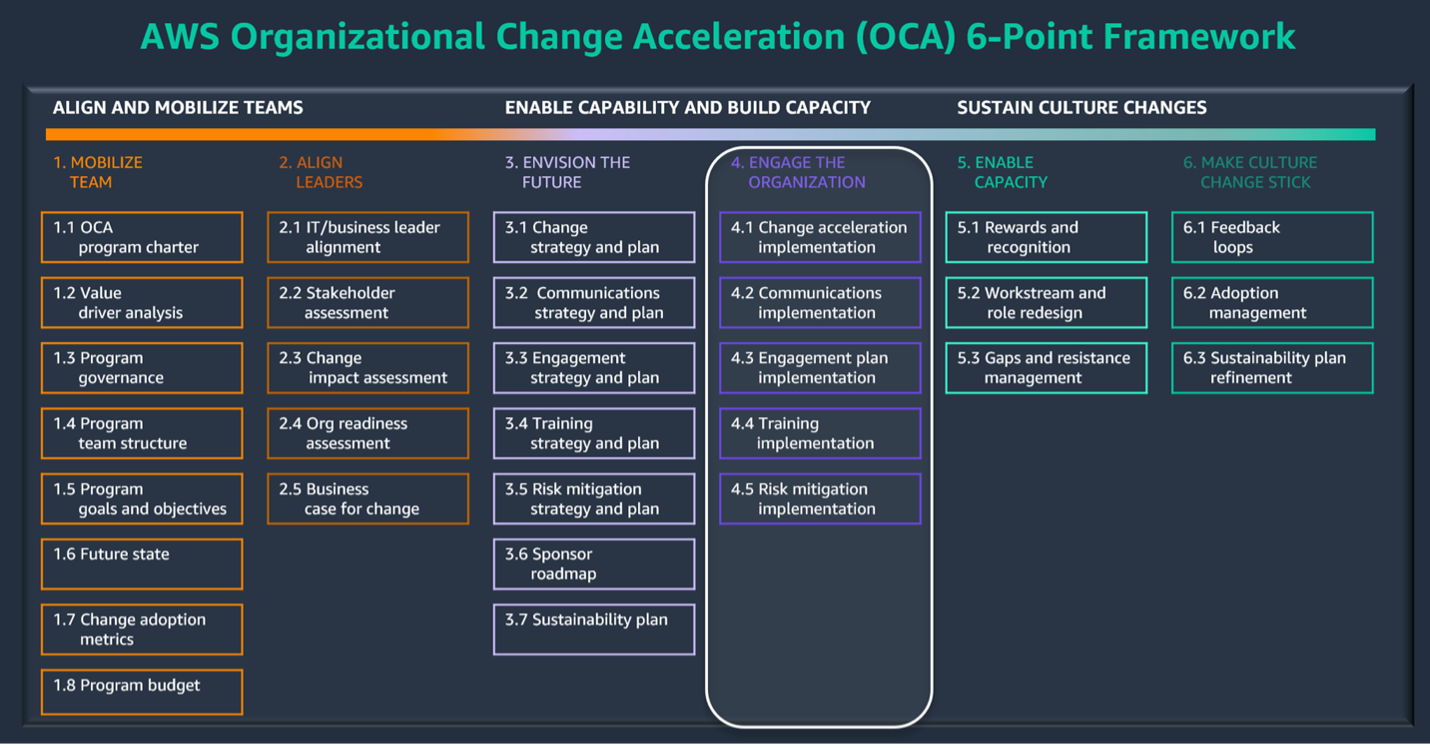
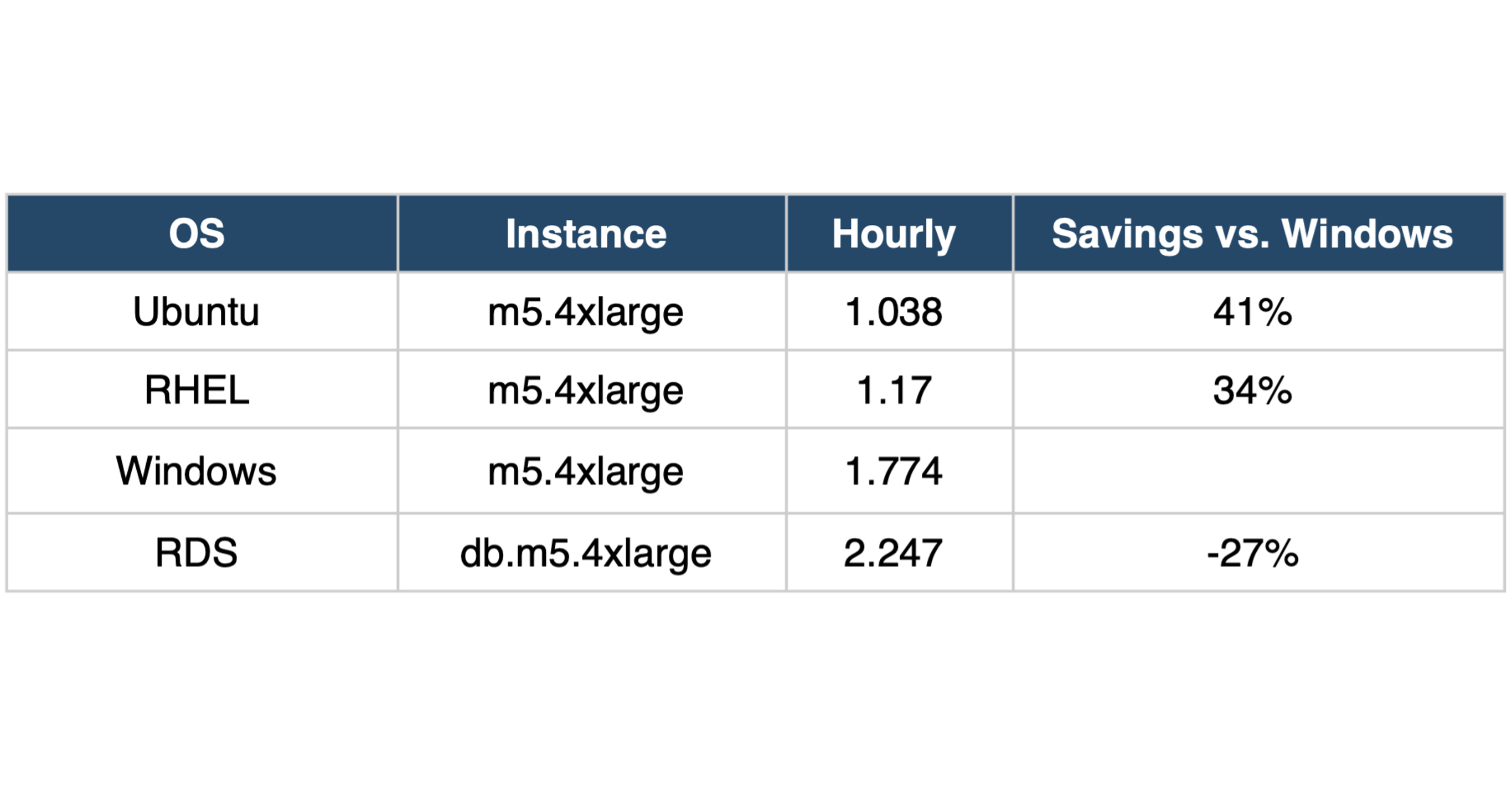

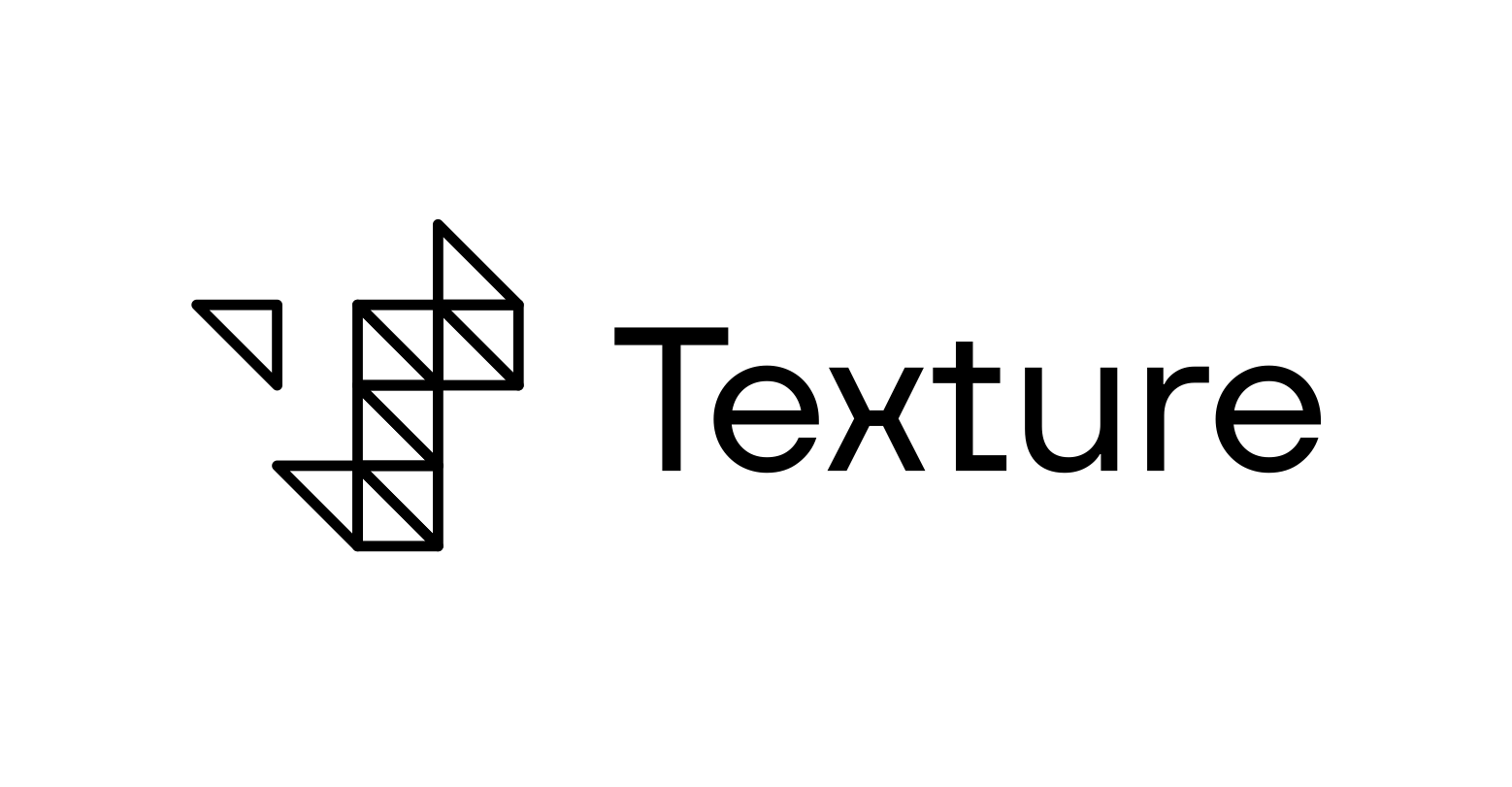
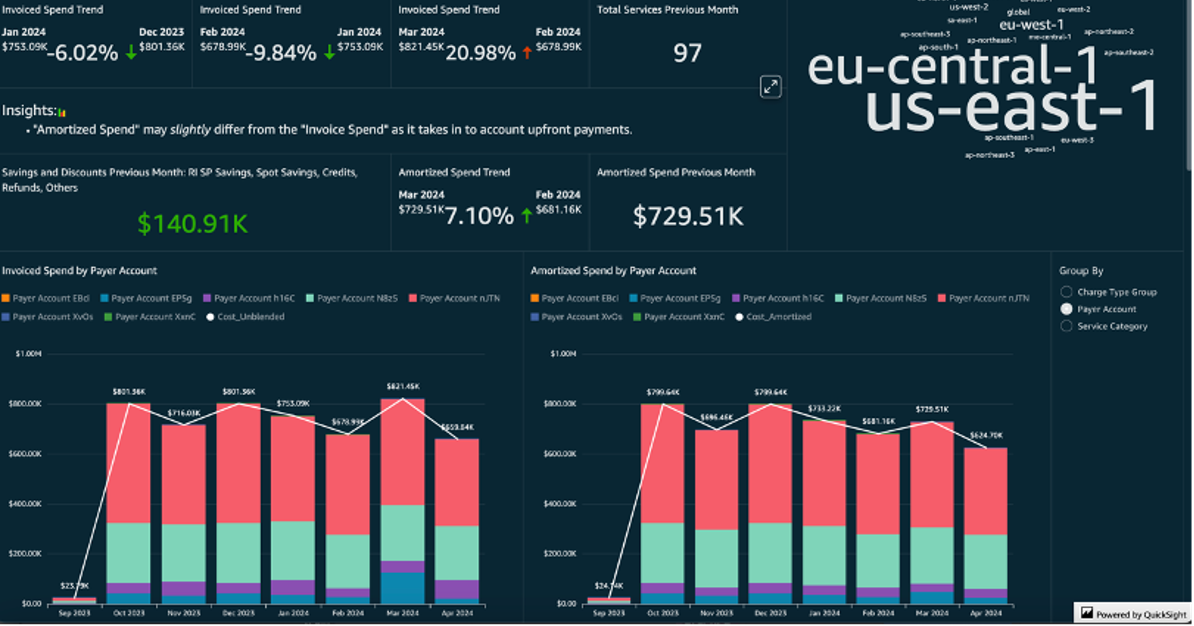
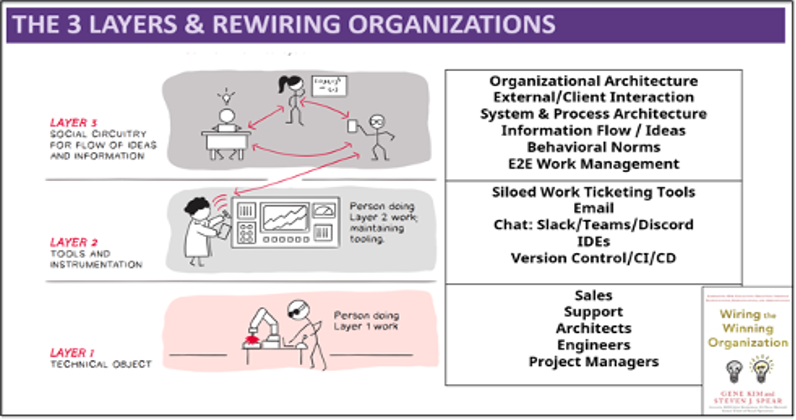
Leave A Comment
You must be logged in to post a comment.